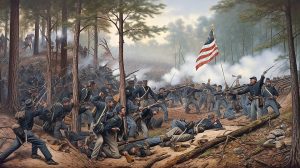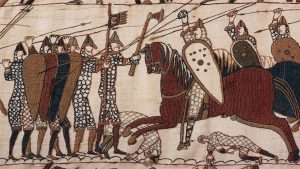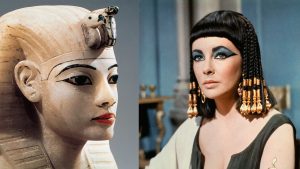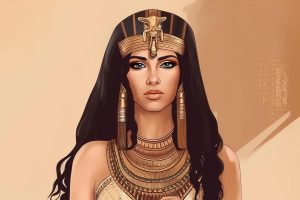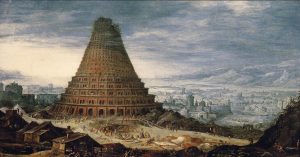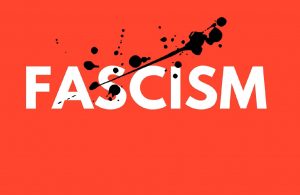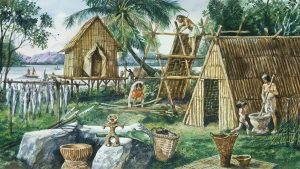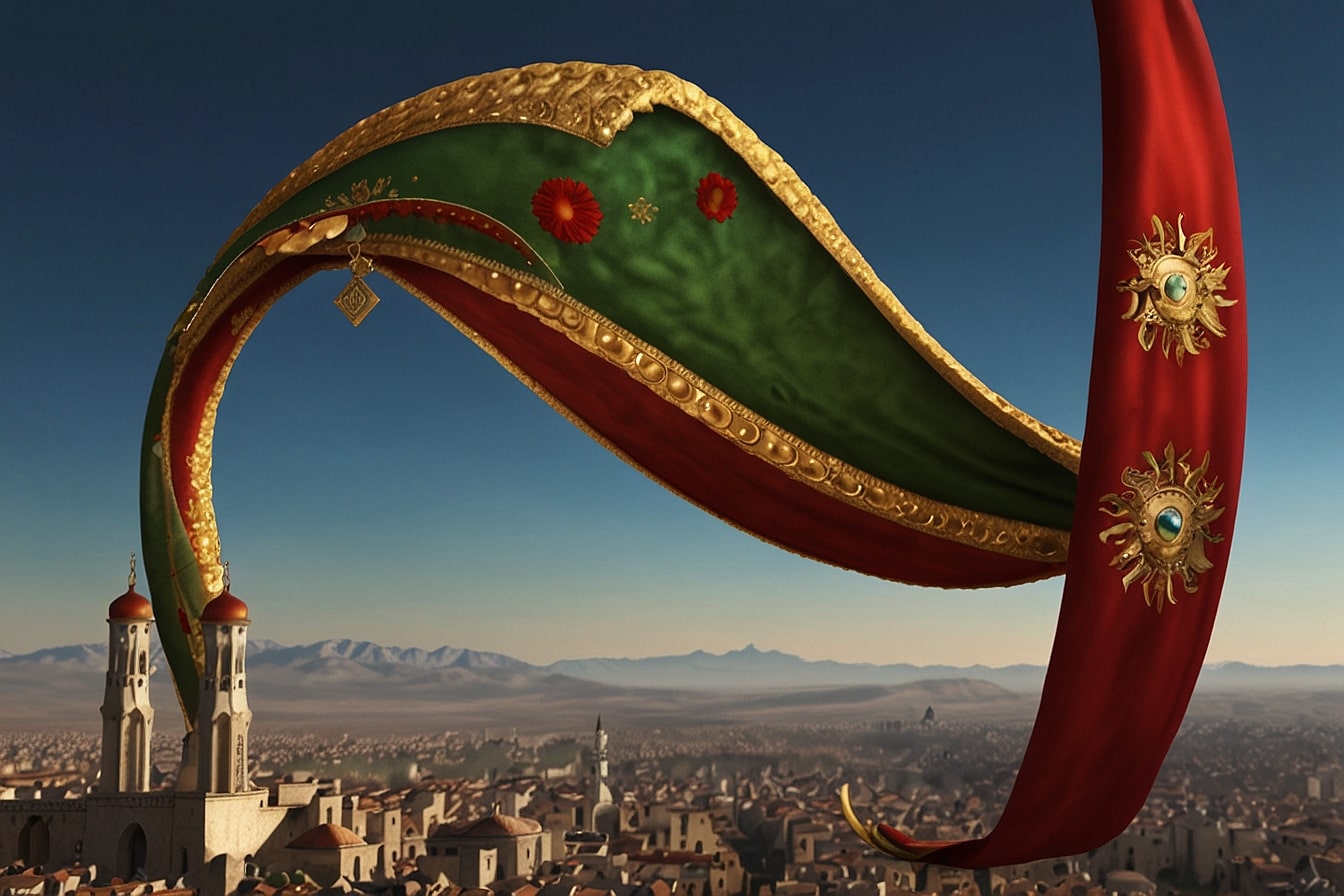
30 interesting facts about Ottoman Empire
- 👁️ 1920
The Ottoman Empire, one of the largest and longest-lasting empires in history, was a beacon of multiculturalism, architectural innovation, and military prowess. Founded at the end of the 13th century in northwestern Anatolia by Osman I, it expanded to cover parts of Europe, Asia, and Africa over its 600-year reign. The empire was a melting pot of cultures, languages, and religions, contributing significantly to the arts, science, and architecture. Its strategic location between the East and the West made it a central player in the trade and diplomatic relations of its time. Here, we delve into some fascinating and informative facts about the Ottoman Empire, highlighting its contributions to world history and culture.
- The Ottoman Empire was officially established in 1299 and lasted until 1922, making it one of the longest continuous empires in history.
- It reached its peak under the reign of Suleiman the Magnificent (1520–1566), controlling much of Southeast Europe, Western Asia, and North Africa.
- The empire’s capital was initially Bursa, then Edirne, and finally Istanbul, which was known as Constantinople before its conquest in 1453 by Mehmed II.
- The Ottomans were renowned for their advanced military organization, including the elite infantry units known as the Janissaries, which were composed of forcibly converted Christian boys.
- The empire played a significant role in the spread of Islam in Southeast Europe and parts of Africa.
- Ottoman architecture contributed iconic structures such as the Suleymaniye Mosque and the Topkapi Palace in Istanbul.
- The legal system in the Ottoman Empire was based on a combination of secular laws and Sharia, with the Sultan as the supreme legal authority.
- The Ottomans introduced coffee to Europe, and the world’s first coffee shop, Kiva Han, opened in Constantinople in 1475.
- The empire was a major center of silk production and trade, controlling much of the Silk Road by the 16th century.
- The Tulip Era (1718–1730) was a period of peace and enjoyment of the arts, characterized by the cultivation of tulips, which became highly fashionable among the elite.
- The Ottoman Empire was involved in World War I as one of the Central Powers and faced defeat, leading to its eventual dissolution.
- The Siege of Vienna in 1683 marked the empire’s furthest advance into Europe and its subsequent decline as a major military power.
- The Ottomans were pioneers in the use of cannons and gunpowder in warfare, significantly influencing battle tactics in the medieval period.
- The empire was known for its religious tolerance, allowing Christians and Jews to practice their religions and govern themselves according to their own laws in a system known as “millet.”
- Printing presses were banned in the Ottoman Empire until the 18th century to protect the interests of manuscript copiers and calligraphers.
- The Galata Bridge in Istanbul symbolizes the connection between the European and Asian parts of the empire.
- The Ottoman postal system, established in the 16th century, was one of the world’s earliest, facilitating communication across the vast empire.
- The empire’s official language was Ottoman Turkish, which incorporated a significant amount of Arabic and Persian vocabulary.
- The Ottoman navy dominated the Mediterranean Sea for centuries, ensuring the security of its maritime trade routes.
- The empire’s decline began in the late 17th century, facing internal strife, military defeats, and the loss of territories.
- The Tulip Period saw the introduction of European styles and innovations into Ottoman culture, including painting, architecture, and gardening.
- The empire’s first newspaper, Takvim-i Vekayi, was founded in 1831 during the Tanzimat modernization period.
- Istanbul’s Grand Bazaar, one of the largest and oldest covered markets in the world, was a major commercial hub in the Ottoman Empire.
- The Ottoman cadastre system for land taxation and management was highly advanced for its time.
- The empire participated in the slave trade, utilizing slaves for military, administrative, and domestic purposes.
- The Janissaries became a powerful political force within the empire, staging coups and installing or deposing sultans until their dissolution in 1826.
- The empire’s diverse cuisine was influenced by Arabic, Persian, Mediterranean, and Balkan flavors, contributing to its rich culinary tradition.
- Ottoman miniature painting, an important art form, depicted scenes of courtly life, battles, and landscapes without employing shadow or perspective.
- The empire’s last sultan, Mehmed VI, was deposed in 1922, leading to the establishment of the Republic of Turkey in 1923 under Mustafa Kemal Atatürk.
- The Ottoman Empire’s legacy is evident in the modern laws, languages, and borders of many Middle Eastern, Southeast European, and North African countries.
The Ottoman Empire’s vast influence on the world stage for over six centuries is a testament to its strength, adaptability, and cultural richness. From its military innovations and architectural marvels to its contributions to the arts, law, and society, the empire left an indelible mark on the history of civilization. As we reflect on its legacy, we gain a deeper understanding of the complexities of human history and the interconnectedness of cultures across time and space. The study of the Ottoman Empire continues to reveal insights into the challenges and achievements of one of history’s most remarkable empires.

